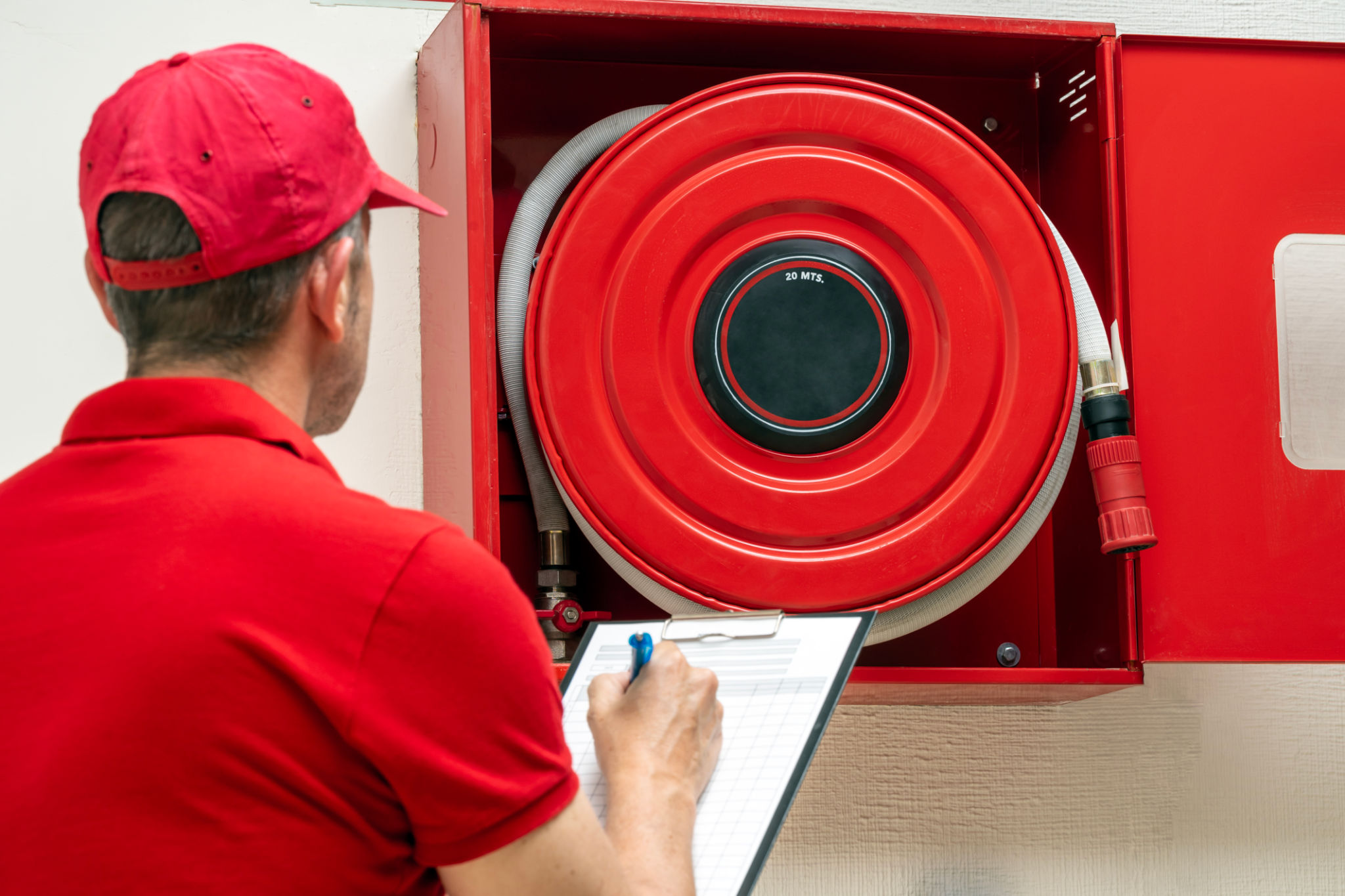Asbestos Removal and Demolition: Understanding Local Regulations and Compliance
Introduction to Asbestos Removal and Demolition
Asbestos removal is a critical process in construction and demolition, requiring strict adherence to local regulations. The presence of asbestos in older buildings poses significant health risks, making compliance with legal standards essential for safe demolition practices. Understanding and navigating these regulations can be complex, but it is crucial for ensuring both safety and legal compliance.
In this post, we'll explore the importance of adhering to local regulations for asbestos removal and demolition, providing insights into compliance processes and best practices. Whether you're a contractor, property owner, or involved in construction management, this guide will help you understand the necessary steps to ensure the safe and lawful handling of asbestos.

Why Asbestos Regulations Matter
Asbestos is a naturally occurring mineral that was widely used in building materials due to its fire-resistant and insulating properties. However, its fibers can cause serious health issues, including lung cancer and mesothelioma, when inhaled. This makes proper handling and removal crucial during demolition projects.
Local regulations are put in place to protect both workers and the general public from exposure to asbestos. These regulations dictate how asbestos should be identified, handled, and disposed of. Non-compliance can lead to severe penalties, including fines and legal action, as well as health risks for those involved.

Key Regulations and Compliance Steps
Understanding the specific regulations in your area is vital. Here are some general steps that are commonly required across various jurisdictions:
- Inspection and Assessment: Before any demolition work begins, a thorough inspection must be carried out by a certified asbestos inspector to identify any asbestos-containing materials.
- Notification: Notifying relevant authorities about the presence of asbestos is often required before starting any removal or demolition activities.
- Abatement Plan: Developing a detailed plan for the safe removal of asbestos is essential. This includes outlining the methods to be used and safety precautions.
Role of Certified Professionals
Hiring certified professionals for asbestos removal is not just a recommendation but a requirement in most areas. These experts have the necessary training and equipment to safely handle asbestos materials. They also ensure that all procedures comply with local laws, reducing the risk of exposure and ensuring proper disposal.
Certified professionals can also provide valuable guidance on navigating regulatory requirements and completing necessary documentation, which is often complex and time-consuming. Their expertise is invaluable in ensuring that all legal obligations are met, minimizing liability and health risks.

Best Practices for Safe Removal
Adhering to best practices for asbestos removal helps ensure safety and compliance with regulations. Some key practices include:
- Using proper protective equipment: Workers must wear appropriate gear, such as respirators and protective clothing, to prevent asbestos exposure.
- Sealing the work area: Containing the area where asbestos is being removed prevents fibers from spreading.
- Proper disposal: Asbestos materials must be disposed of according to specific guidelines to prevent contamination.
The Importance of Continuous Education
The landscape of asbestos regulations is continually evolving as new research emerges and standards are updated. Continuous education for those involved in demolition and asbestos abatement is essential to stay informed about changes in legislation and emerging best practices.
Regular training sessions, workshops, and seminars can help professionals remain up-to-date with the latest safety protocols and regulatory requirements. This commitment to ongoing education not only enhances safety but also ensures compliance with the latest standards.

